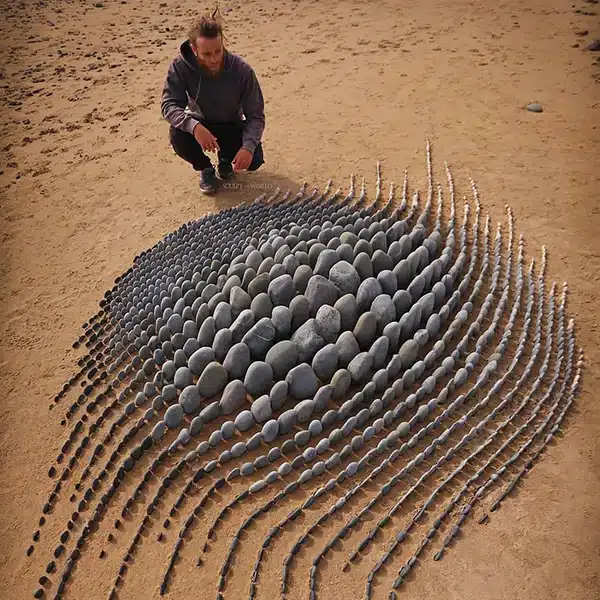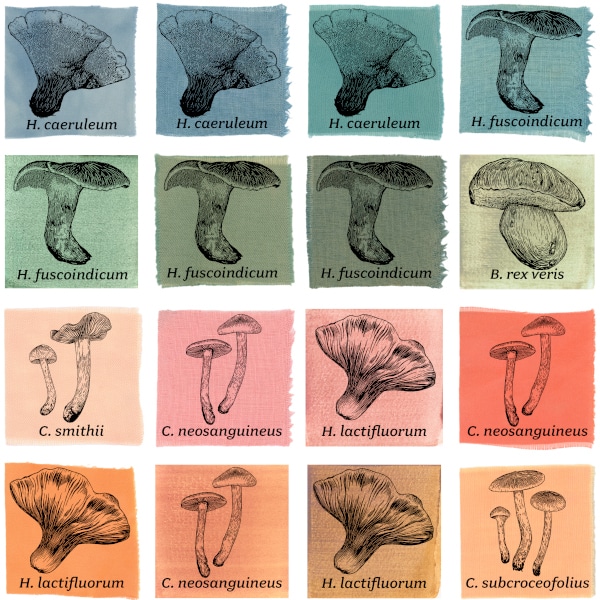
In the wettest place on Earth, the village of Mawsynram in Meghalaya, India are some of the most fascinating bridges you'll ever see. These “living bridges” are formed by locals who have trained the roots of rubber trees to grow into natural bridges. They are sturdy enough to far outlast man-made wooden structure bridges. Because of the relentless rain in Meghalaya's jungles, wooden structures would rot away. These root bridges are self-strengthening, becoming more sturdy over time as the root systems grow.
Photographer Amos Chapple captured these shots of people crossing these bridges that have developed over the years. Notice the school children nonchalantly walking on a bridge over a river as well as a local guide taking a trip over a developing tree root bridge. To manipulate the rubber trees into bridges and ladders, they must create tight knots that can withstand Meghalaya's rain-soaked environment.
As Chapple explains about the process, “The skeleton of the bridge is bamboo, with tendrils from the surrounding rubber trees are being fixed onto the structure strand by strand. By the time the bamboo has rotted away, within 6-8 years, locals say the roots of the tree will be able to bear a person's weight.”



 via [The Atlantic]
via [The Atlantic]
























































































